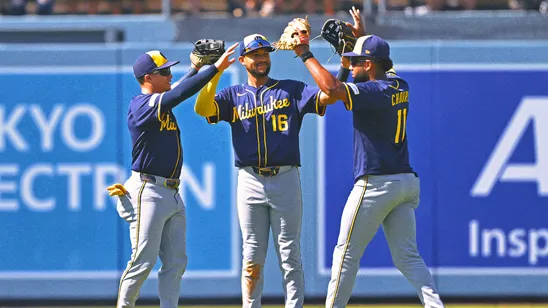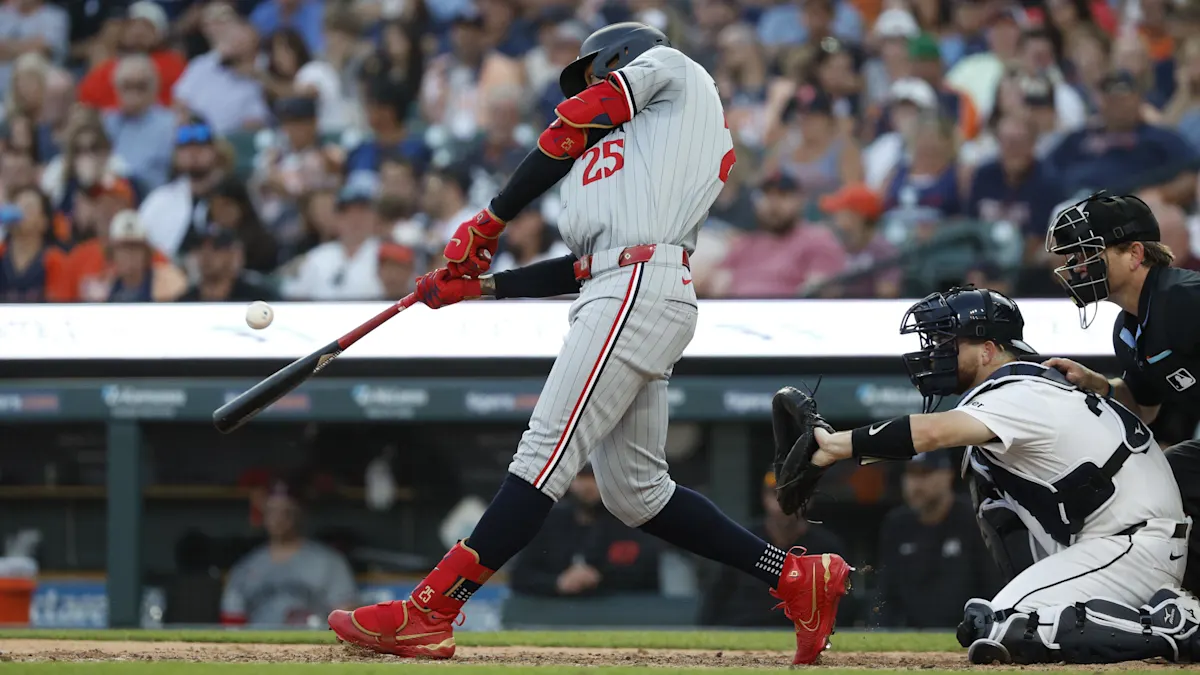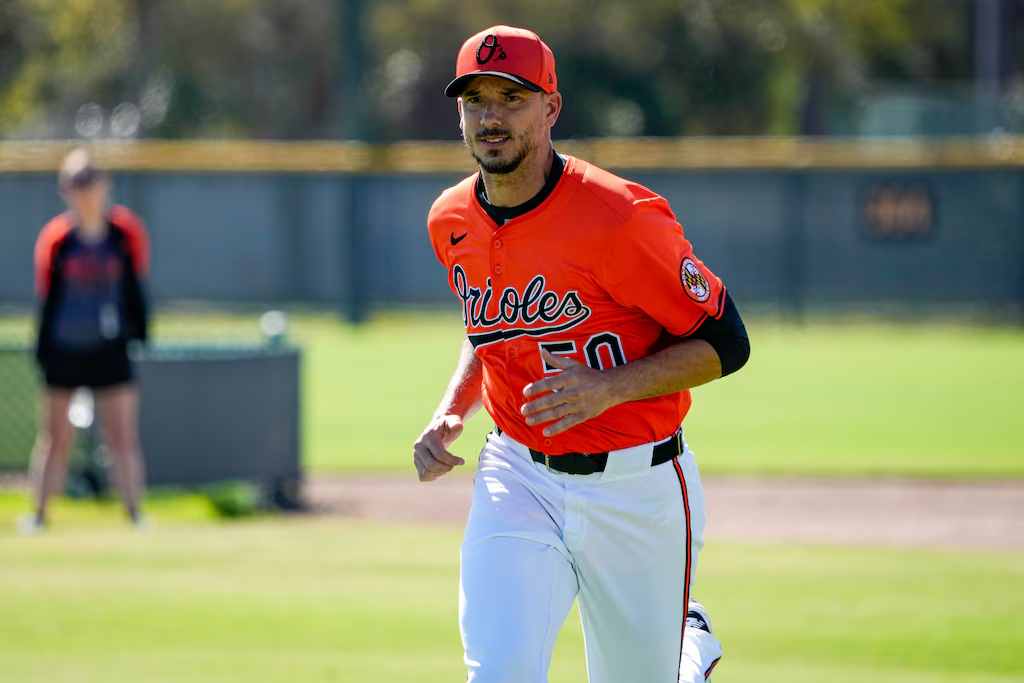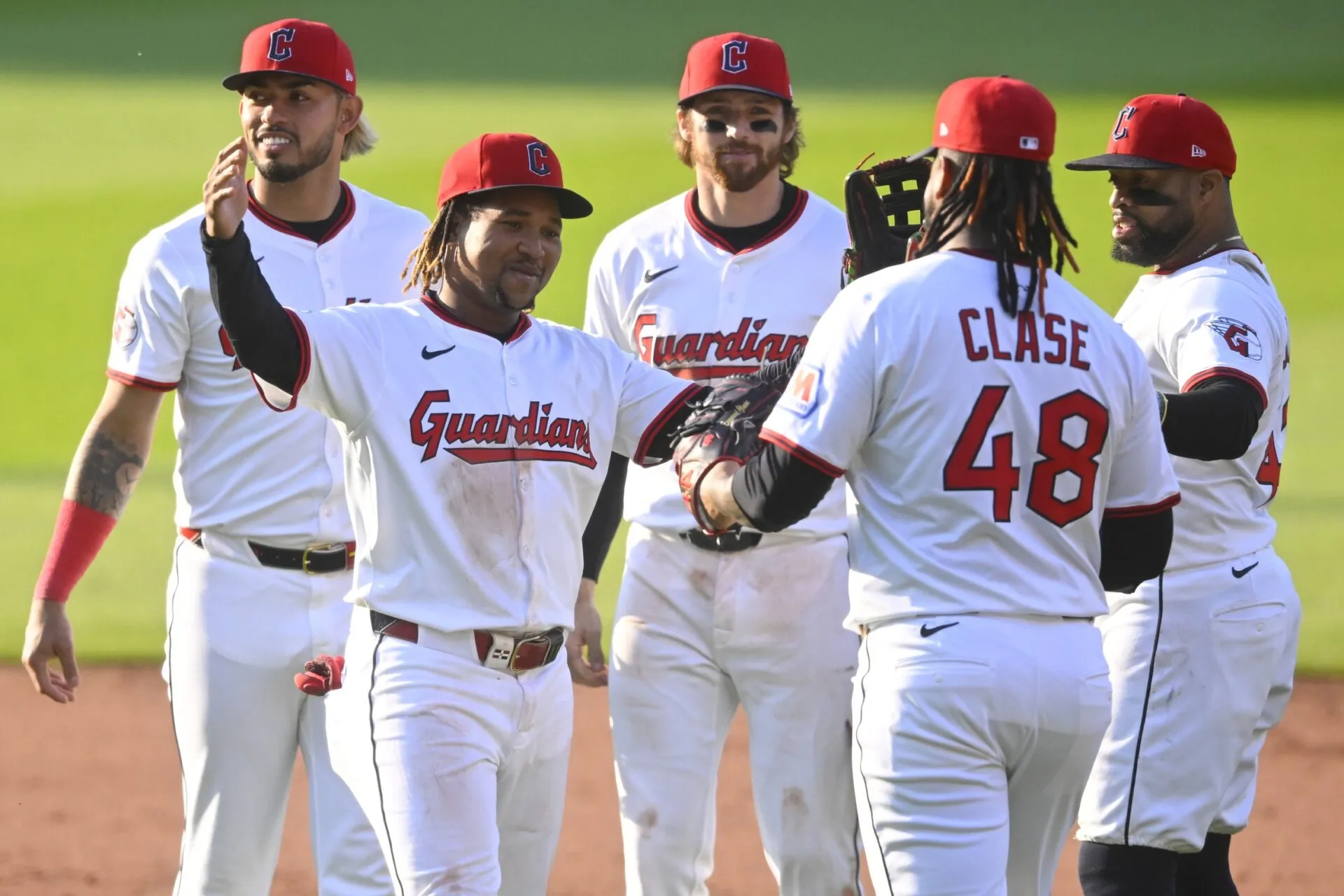To the esteemed members of Congress,
May I implore you to consider enacting a moratorium on the circulation of Pete Alonso trade rumors? As the regular season commences, it is my fervent belief that such discussions regarding the New York Mets’ potential failure to contend in 2024 are exceedingly myopic. The events of last year’s playoff race, wherein teams like the Arizona Diamondbacks and Miami Marlins unexpectedly clinched postseason berths, with the former even advancing to the World Series, underscore the unpredictable nature of baseball. Every team striving for improvement deserves recognition in the playoff conversation until circumstances dictate otherwise.
However, the pace of decision-making in Washington does not align with the urgency of this matter. Thus, we must endure and persevere as these trade talks persist, often gravitating back to the Chicago Cubs.

Recently, Curt Bishop of FanSided speculated on the initiation of a trade sending Alonso to the Cubs. This proposal features power-hitting first base prospect Matt Mervis as the centerpiece. While superficially appearing as a potential replacement for Alonso, Mervis presents an unenticing trade asset.
The Cubs already boast a surplus of first-base prospects, including Michael Busch acquired from the Los Angeles Dodgers. Both Mervis and Busch risk becoming fringe players excelling in Triple-A but struggling to establish themselves in the majors, akin to Mark Vientos without the versatility to play third base.
Moreover, Bishop’s trade scenario vaguely includes “some top 10 prospects,” rendering it challenging to assess its merit for the Mets. The ambiguity surrounding these prospects precludes a thorough evaluation of the proposed trade, necessitating the dismissal of Mervis and Busch’s potential inclusion.
Considering Mervis’s impending 26th birthday and Busch’s recent 26th birthday, their status as possible late bloomers fails to evoke significant intrigue, especially when juxtaposed with Alonso’s accomplishments at a similar age. With promising prospect Ryan Clifford awaiting his opportunity in the minors, the Mets possess internal options for first base in the foreseeable future.
Furthermore, acquiring Mervis, Busch, or any other first baseman in exchange for Alonso forecloses the possibility of a reunion with the Mets in the future. Despite Alonso potentially not being the organization’s primary target in the next offseason, maintaining an open dialogue with him remains prudent, considering his familiarity, popularity, and talent.
Lastly, one must question whether the Cubs offer a substantially greater chance of postseason contention than the Mets. Their offseason acquisitions, highlighted by Shota Imanaga, pale in comparison to those of other competitive teams. Relying on aging players like Kyle Hendricks and hoping for unproven talents to excel does not inspire confidence in their postseason aspirations.
Should the Mets opt to trade Alonso, acquisitions should prioritize premium positions such as pitching and promising minor leaguers akin to Marco Vargas. Embracing such a strategy aligns with the organization’s long-term objectives, whereas acquiring a first baseman over 26 yet to solidify his MLB presence represents insufficient return.
In conclusion, I beseech Congress to halt the dissemination of Pete Alonso’s trade rumors, advocating for a judicious approach that safeguards the Mets’ future interests.









